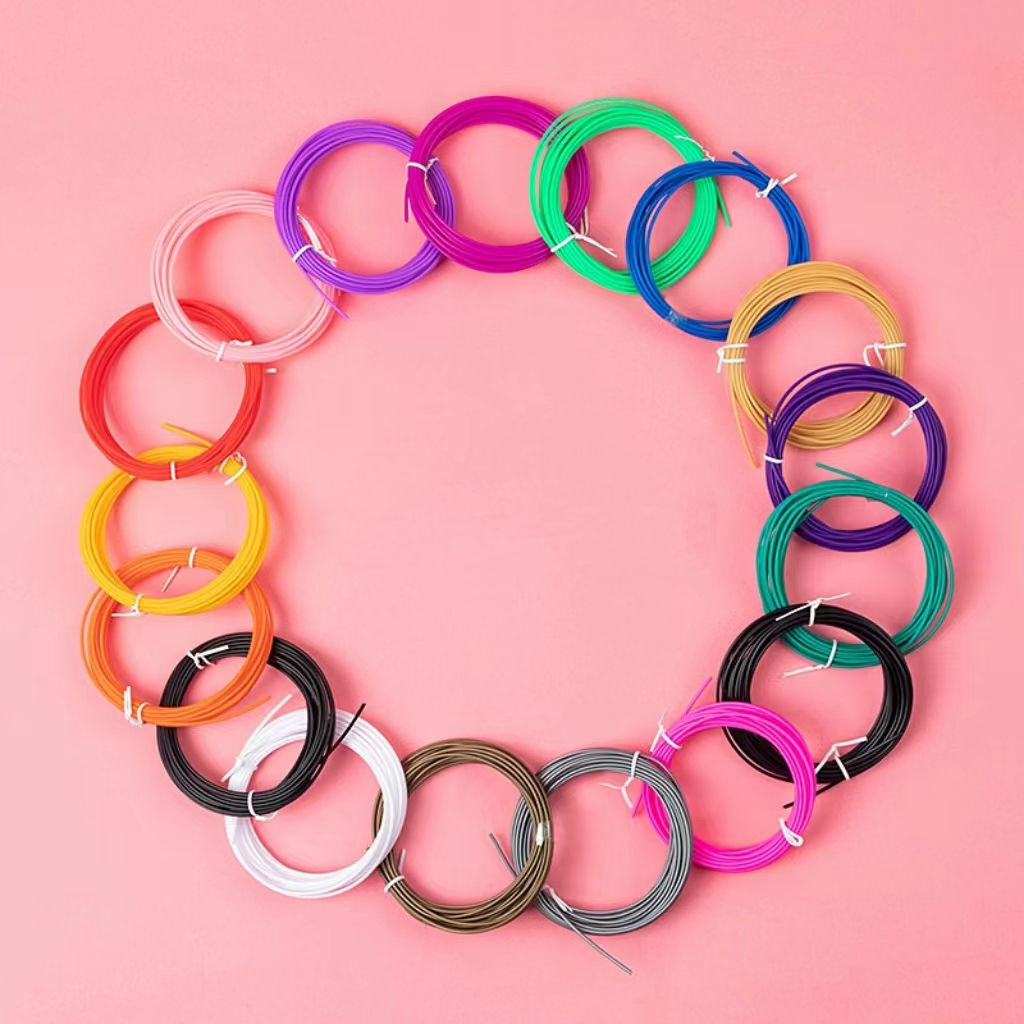Are fumes from 3D pen safe?
Sep 05,2023 | 3D4Create
One rising concern surrounding 3D pens is whether melting and extruding plastic filaments releases potentially toxic fumes. Since most common 3D pen materials like ABS, PLA, and nylon require heating to 200°C and above, some emission of vaporized compounds does occur.
But just how dangerous are these fumes? This guide examines the health impacts of 3D pen vapors and steps to minimize exposure.
I. Plastics Used in 3D Pens Emit Some Fumes When Heated
Standard desktop FDM 3D printers heat common thermoplastics like ABS, PLA, and nylon filament to temperatures ranging from 180°C up to 250°C in order to melt and extrude the material.
3D pens work on a very similar principle, using a precise heated nozzle to melt plastic fed through a handheld extruder. So heating filaments to these peak temperatures also produces emissions.
- ABS wire has been found to release more than 175 different VOCs, including carcinogens such as styrene and dichloromethane.
- PLA wire, will produce more than 50 identified VOCs, including 1-butanol can affect the eyes, skin, respiratory system and central nervous system. However, when comparing PLA vs ABS, the emission rate of PLA is much lower than that of ABS.
- Nylon wire emit a series of different low levels of VOC. More than 90% of volatile emissions are caprolactam, which affects the eyes, skin, liver, kidneys and respiratory system, cardiovascular and central nervous systems.

Children are playing with 3D pens (photo: 3D Insider)
II. Potential Short and Long Term Health Effects
Breathing in tiny plastic particles and VOC fumes can cause immediate irritation of the throat and eyes in some users. Headaches, dizziness, and nausea have also been reported in some individuals, especially in poorly ventilated rooms.
Long-term consequences are less certain, as few studies have looked at health impacts of exposure specifically from 3D pens or desktop 3D printers. Prolonged inhalation of plastic UFPs may pose lung damage risks similar to air pollution.

III. Operate 3D Pens Only in Well-Ventilated Areas
The most effective way to keep 3D pen fumes from accumulating to hazardous levels is using the device only in rooms with ample airflow.
Set up a workstation near an open window or door to enable cross ventilation. Use of an exhaust fan to actively ventilate the workspace is ideal. Avoid small poorly ventilated rooms where vapors can concentrate.
Outdoor use on open patios or decks maximizes fresh circulating air. Just take measures to avoid overheating in direct sunlight.

IV. Alternative Filament Materials Reduce Fumes
PLA filaments generally produce less vapors due to lower print temperatures. Wood and bronze fiber reinforced filaments extrude at lower temps as well.
Early adopters are also testing more exotic 3D pen filaments incorporating stone, clay, and even coffee grounds that emit minimal fumes. The composition avoids plastics entirely.
In addition, PCL is a good option for 3D pens due to its low melting point of nearly 60 degree. which can not only ensure kids' safety but also emit less fumes than other filaments.

V. Conclusion
Responsible use of 3D pens in properly ventilated rooms carries minimal health risks from fumes based on current knowledge. ABS and nylon filaments produce more emissions than PLA and PCL, but likely not at dangerous acute levels in ventilated settings.
3D4Create offers a wide range of non-toxic and low temperature 3D pens that are perfect for kids. For further information, welcome to click the link below to start your 3D drawing journey!

FAQ:
Q1: Are fumes from 3D pens dangerous?
A1: Fumes from 3D pens are generally not dangerous with responsible use in a well-ventilated area. Higher temperature plastics like ABS and nylon produce more emissions than lower temp PLA and PCL. But acute toxicity levels are unlikely in most home and classroom settings.
Q2: What filaments produce the least fumes?
A2: PLA filaments produce the lowest levels of fumes due to a lower melting point around 180°C. Wood, bronze, and clay composite filaments also extrude at lower temperatures with less emission. PCL is another great low-fume option.
Q3: Should I wear a mask when using a 3D pen?
A3: For most casual users, a mask isn't necessary if working in a ventilated room. Those highly sensitive to fumes may choose to wear a dust mask or respirator for extra protection based on personal comfort levels.
Q4: Can 3D pen fumes trigger asthma?
A4: Any small particulates in the air can potentially exacerbate asthma in sensitive individuals. ABS and nylon vapors seem more likely to cause issues versus lower-fume options like PLA and PCL. Proper ventilation is key for asthma sufferers.
Q5: Are some 3D pens designed to reduce fumes?
A5: Yes, some 3D pens advertise enclosed bodies or internal filtration systems to trap emissions. Low-temperature pens using PCL filament also naturally reduce fumes. Choosing PLA over higher-temp ABS and nylon can help as well.
See Also:
The 5 Best 3D Pens for 2023 - Reviews by 3D4Create
5 Key Things You Should Look For When Buying a 3D Pen
Advantages of Wireless 3D Pens and How to Use Them


